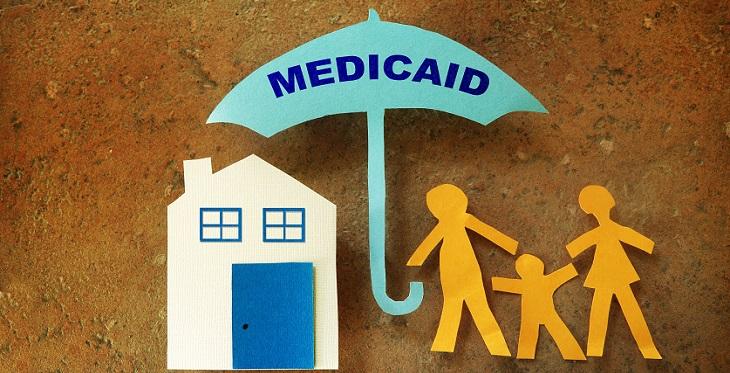In its spring 2018 update on state telehealth laws and reimbursement policies, the Center for Connected Health Policy reported a patient-friendly trend in telehealth and telemedicine delivery to home-bound patients. Ten states have revised their policies to recognize a Medicaid patient’s home as an “originating site” – a policy change enacted to improve patients’ access to care.
The 10 states are Colorado, Delaware, Maryland, Michigan, Minnesota, Missouri, New York, Texas, Washington and Wyoming.






